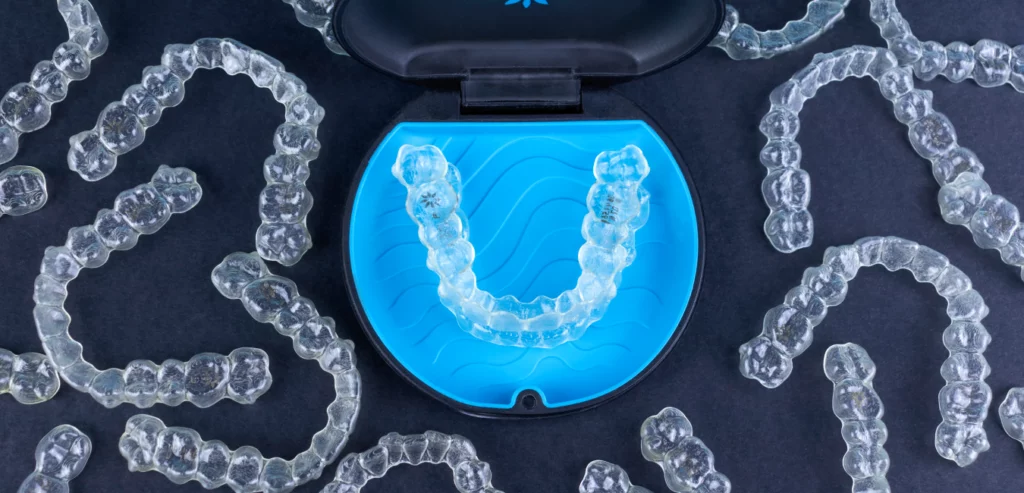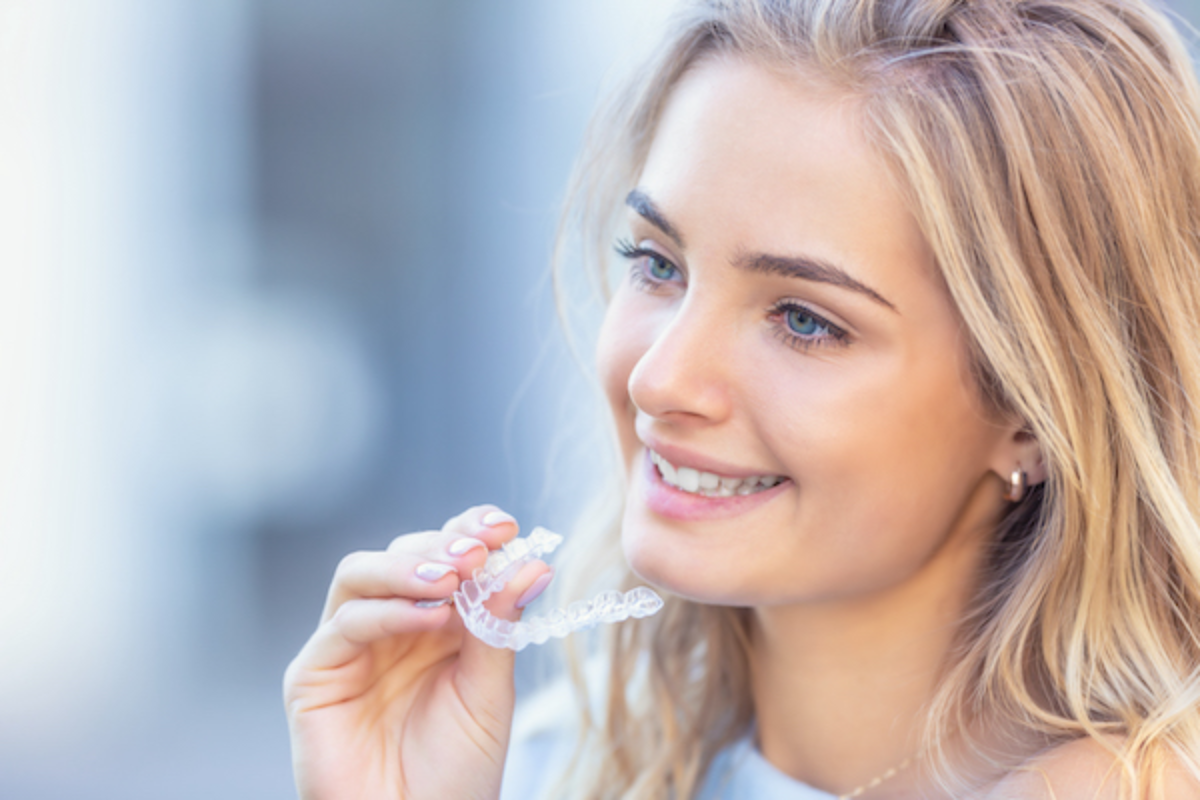Overbites, a common dental concern, have often been associated with braces as the conventional treatment route. However, with the emergence of innovative dental solutions, Invisalign has entered the scene, promising both subtlety and effectiveness. But can Invisalign fix overbite? Dive into this comprehensive guide to understand the prowess of Invisalign in rectifying overbites and unveiling confident smiles.
What is an Overbite?
Firstly, for our readers who might not be familiar with dental jargon, an overbite is a condition where the upper front teeth overlap the lower front teeth more than they ideally should. While a minor overlap is considered normal and even aesthetically pleasing, a significant overbite can lead to dental health issues and aesthetic concerns.
Why Should One Fix an Overbite?
A pronounced overbite can lead to several problems:
Tooth Wear
The undue pressure on the lower front teeth can cause them to wear down faster.
Jaw Pain
The misalignment can stress the jaw and lead to temporomandibular joint disorders (TMJ).
Speech Issues
Pronouncing certain sounds can become challenging.
Aesthetic Concerns
Some people may feel self-conscious about their appearance.
Given these implications, it’s clear why someone would want to address their overbite.
Traditional Braces Vs. Invisalign
Before the advent of Invisalign, metal braces were the go-to solution for overbite correction. But with technology’s evolution, Invisalign emerged as an attractive alternative for many. The clear aligners, which are almost invisible, offer a less intrusive way to realign teeth without the visibility and discomfort associated with metal braces.
Can Invisalign effectively treat overbite?
The Power of Invisalign in Treating Overbite
Invisalign has been groundbreaking in orthodontic treatment. Here’s how Invisalign stands tall in addressing overbites:
Precision with Digital Mapping
Invisalign begins with a comprehensive digital scan of the patient’s mouth. This allows dental professionals to craft a precise, step-by-step treatment plan. The patient can even visualize the expected results before beginning the treatment!
Custom-made Aligners
Unlike one-size-fits-all solutions, Invisalign aligners are custom-made for each patient, ensuring a snug fit and effective treatment.
Progressive Correction
Patients switch to a new set of aligners every 1-2 weeks. Each set is slightly different, gradually moving the teeth to the desired position.
Flexibility
Invisalign aligners are removable. While they need to be worn for 20-22 hours daily, they can be taken out during meals or special occasions. This means no dietary restrictions or challenges in maintaining oral hygiene.
For many patients with overbites, Invisalign has proven effective. But like any treatment, its efficacy depends on individual cases.
Limitations and Considerations
While Invisalign is revolutionary, there are certain situations where traditional braces or surgical methods might be more effective:
Severe Overbites
If the overbite is extremely pronounced, braces or even orthognathic surgery might be recommended. Invisalign might not have the necessary force or control to move the teeth and jawbone in such cases.
Patient Discipline
The effectiveness of Invisalign largely hinges on the patient’s commitment to wearing the aligners as instructed.
Complex Movements
Some dental movements, especially rotations or vertical adjustments, might be more challenging for Invisalign.
However, advancements in Invisalign technology are continually expanding its range of treatable cases. It’s crucial to have a detailed consultation with a dentist, like those at Abadin Dental, to determine the best treatment route for your unique situation.
FAQs for can Invisalign fix overbite?
What is the difference between an overbite and an overjet?
An overbite refers to the vertical overlap of the upper front teeth over the lower front teeth. An overjet, on the other hand, is the horizontal protrusion of the upper front teeth in front of the lower teeth. Both can be corrected, but the methods might differ based on the severity and individual cases.
How long does it typically take to correct an overbite with Invisalign?
The duration of treatment with Invisalign varies based on the severity of the overbite and individual factors. On average, it can range from 12 to 24 months, but a consultation with a dental professional will provide a more accurate timeline.
Is the Invisalign painful?
While Invisalign is generally less painful than traditional braces, patients might experience some discomfort, especially when switching to a new set of aligners. This discomfort is usually temporary and subsides as the mouth adjusts.
How often do I need to visit Abadin Dental during my Invisalign treatment?
Typically, patients are required to visit every 4-6 weeks to ensure that the treatment is progressing as planned and to receive the next set of aligners. However, the exact frequency will be determined by your dentist at Abadin Dental.
Will I need to wear a retainer after my Invisalign treatment?
Yes, post-treatment retainers are recommended to maintain the new position of your teeth. The type and duration of retainer wear will be advised by your dentist.
Are there any dietary restrictions while using Invisalign?
One of the benefits of Invisalign is that the aligners are removable. This means you can eat and drink anything you like, but it’s essential to remove the aligners before consuming anything other than water and to clean your teeth before putting them back in.
How do I care for my Invisalign aligners?
Aligners should be rinsed with cold water regularly and cleaned using a soft toothbrush. Avoid hot water as it can warp the plastic. Additionally, Invisalign cleaning solutions or crystals can be used for a deeper clean. Always store them in their protective case when not in use.




